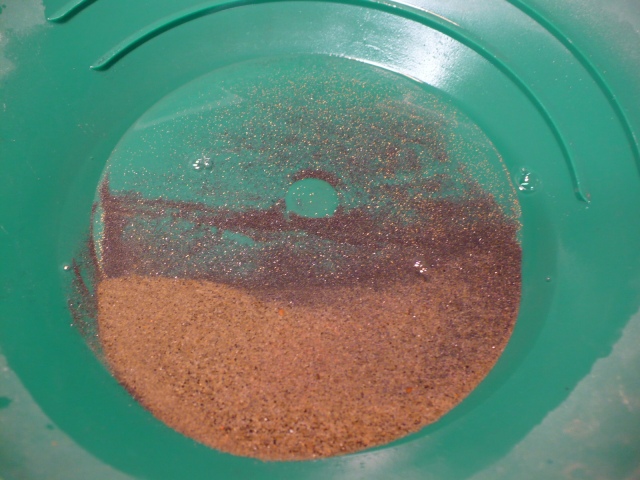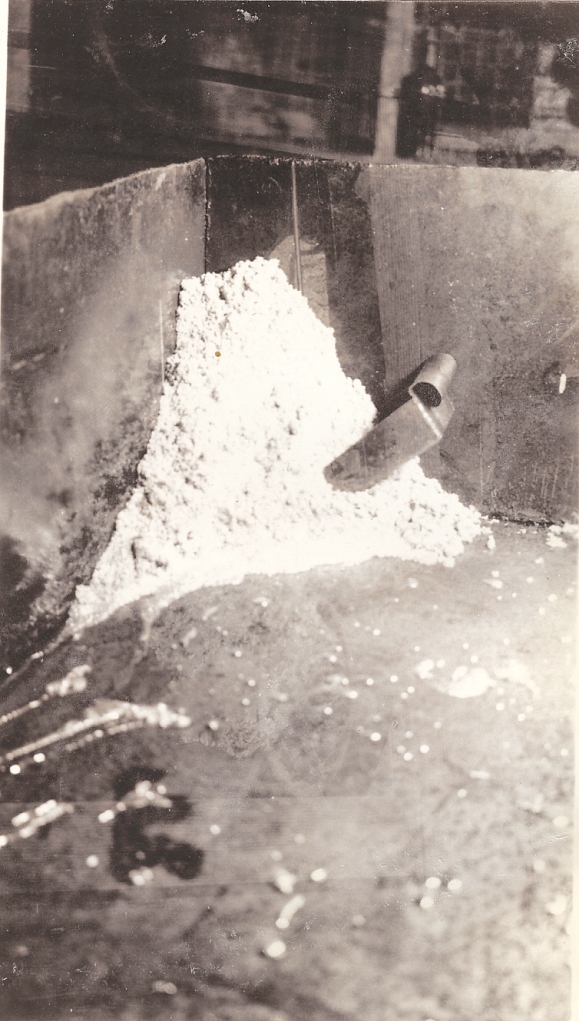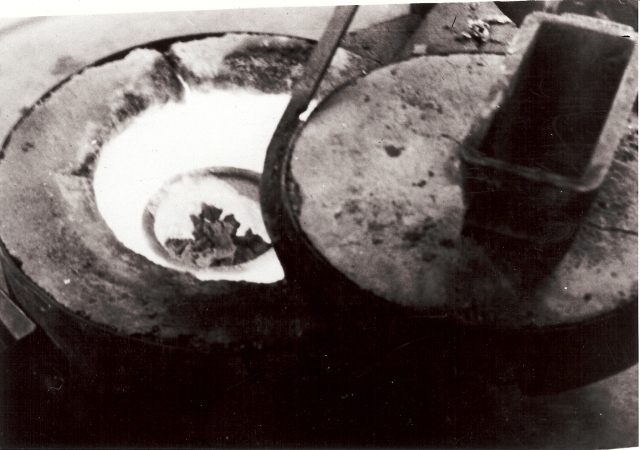The theories, processes, and techniques behind gold mine all come down to one simple concept; finding the most efficient and thorough way of extracting the gold from the material surrounding it. Generally, many processes relied on gravity to do the work for them since gold is a very heavy metal, and equipment and machines specifically for sifting, shaking, and settling the material going through it to allow the gold to collect at the bottom were invented.
It would be great if after going through these processes the only thing left was scoop up the gold from the trays or containers holding it, but unfortunately that is not the case. Gold can be the size of large nuggets or it can be as fine as flour, and it is not always the only heavy material caught after a sifting or settling process. There are also other heavy metals and minerals called black sand that get mixed in with the gold as it settles. The finer the gold dust the more difficult it is to separate from the black sand.
As mentioned in the last post, Mercury has had many uses of the last couple of THOUSAND years, but the one use that intrigues us the most here is its role in gold mining. Imagine having a pan or container that you knew was filled with gold dust, but it was all mixed up with black sand. Now think if you had this silvery liquid that you could mix with your black sand and have it “pull” the gold away from the unwanted material. It would seem amazing! Like Magic! Well, that’s basically what mercury does when it comes into contact with gold, but it’s not magic.
How it works:
After a lot of research, we’ve discovered that coming up with a detailed explanation takes us too far into the realms of chemistry and quantum physics to feel comfortable making an accurate detailed definition that is both correct and understandable. So, the short answer is that the electronic configurations of gold and mercury are such that they can easily share their electrons between them, but mercury does not share electrons easily with most other metals or minerals. This means that when mercury comes into contact with gold the gold “dissolves” into the mercury to form an amalgam and it will stay bonded until something, like heat, forces those electrons to separate. Mercury can also form this bond with copper, zinc, and manganese.
Miners would put mercury in their gold pans, sluice boxes, and rocker boxes to help separate the fine gold from black sand and other material. To make the process even more efficient they made large drums or barrels to pour the fine sand into. These barrels contained paddles covered in mercury. As the paddles turned inside and mixed sand, the gold would bond with the mercury on the paddles leaving the sand behind.
The next step to extracting the gold was to break its bond with the mercury. This could be done by placing the amalgam in a brick lined furnace and heating it to about 600 degrees, just hot enough to turn the mercury into a vapor, but not so hot that the gold melts. The mercury vapor lifts away and you are left with your gold. Of course, the possibility of releasing mercury vapors into the air makes this process a risky one. Stories are told of miners creating “Potato Mash”. This was where the amalgam was placed in a hollowed potato and put into a fire; the miner would stand over the fire with his bellows and pump air to keep the fire hot enough to evaporate the mercury, all the while inhaling the fumes as he did. Some even say the potato was eaten after the gold was removed. Needless to say, they may not have lived very long to enjoy that gold.
- Heating the amalgam
Mercury was used on our own dredge. Some of the dredge workers recall using mercury in the Jigs (shaker tables), the amalgam barrel, and in the final panning process to check the efficiency of the dredging process. Although, they also talk about picking up the lumps of amalgam with their hands, they were much more aware of the dangers of inhaling the vapors and took precautions…most of the time. Hank Potts, one of the workers, once told me of how they would put the amalgam in the retorting oven and put a lid on it to allow it to heat up. While many of the other workers said there was a pipe running from the lid to a cold bucket of water allowing the mercury vapors to settle and collect in the bottom of the bucket to be reused; Hank tells of running up to the oven, throwing the lid open, and backing away quickly to avoid breathing the escaping vapors. Maybe it’s true…or maybe Hank just wanted to see how big my eyes would get thinking about the mercury vapors being released to open air!
Mercury Fun Fact: Mercury can get “Sick”. After several uses mercury can sometimes pick up a residue over its surface, such as grease or debris, preventing it from bonding with gold. When this happens it is considered “sick” and needs to be “treated” to remove the residue freeing it’s surface to bond with gold again.






Lots of great information…thanks Randi!